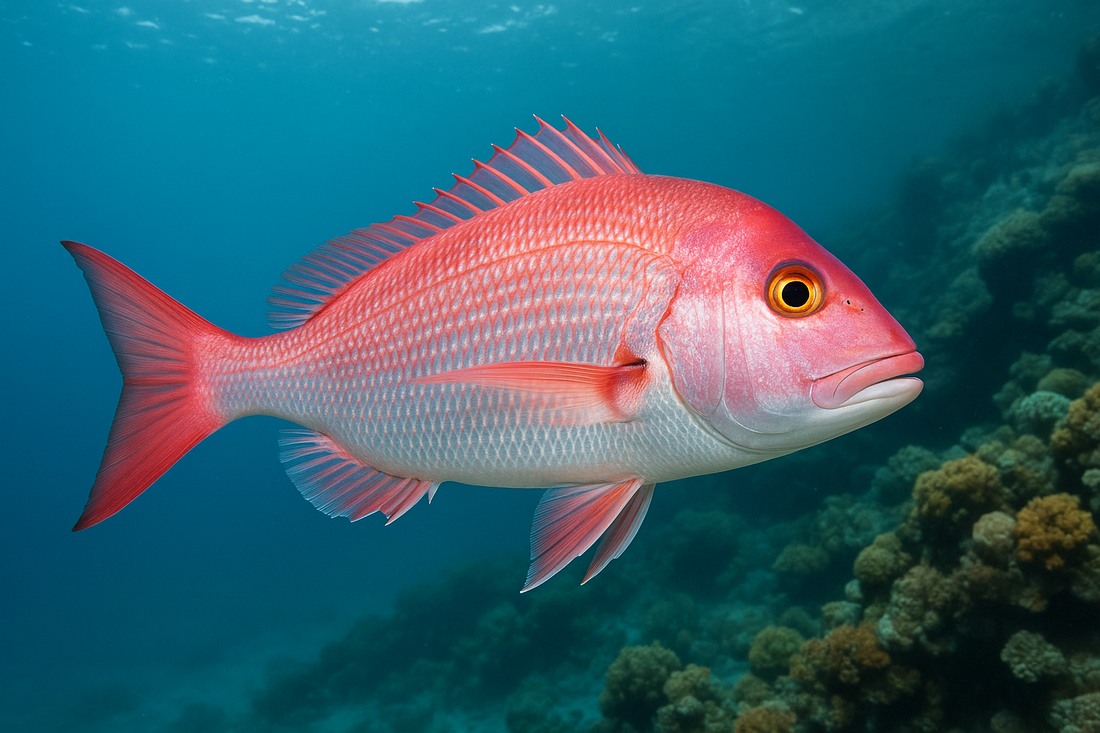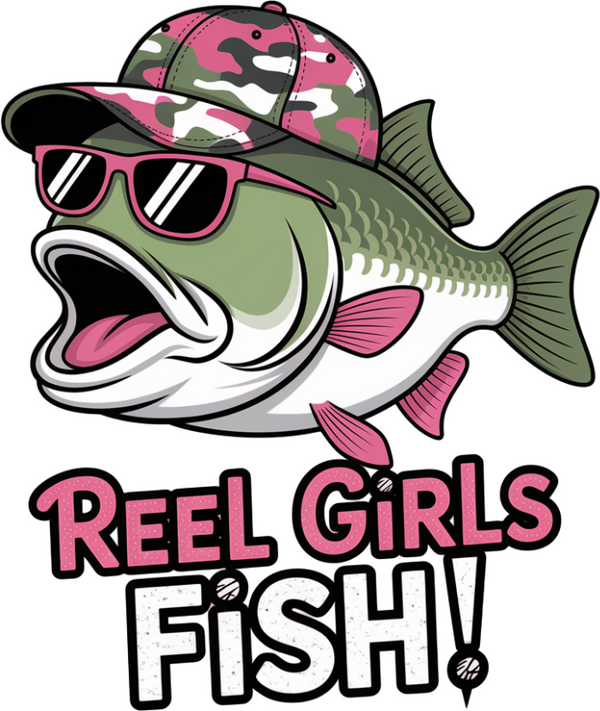
Beach Fishing for Snapper in Western Australia: A Guide for Anglers
Share
Unlocking the Secrets to Land-Based Snapper Success on WA’s Shores
When the Indian Ocean stirs with the first whisper of winter and the bracing sou’wester lies sweep over the rugged coastline, a particular excitement tingles in the hearts of Western Australian anglers. For many, there’s no greater thrill than feeling the unmistakable thump of a snapper on the end of the line—especially when fishing from the shore. While boat fishing often steals the limelight, targeting snapper from the beach is a pursuit rich in challenge, drama, and reward. This blog will explore the nuances of land-based snapper fishing in Western Australia, from understanding the fish itself to gearing up and selecting the perfect spot.
The Allure of Snapper in WA
Snapper, known officially as Pagrus auratus and colloquially as “pinkies” or “mulloway” (though the latter is technically a different species), are among the most desired catches for recreational fishers. With their distinctive silver-pink hue, impressive fighting power, and delectable flesh, snapper are an iconic species of the Western Australian coast.
The WA snapper season typically peaks during the cooler months, when mature fish move inshore to spawn. While many associate snapper with offshore reefs and boats, certain locations along the WA coastline offer excellent opportunities for land-based anglers to tangle with these magnificent fish.
Understanding Snapper Behaviour
To successfully target snapper from the beach, it’s crucial to first understand their habits. Snapper are opportunistic feeders, preying on crustaceans, molluscs, and smaller fish. They favour structure—reefs, drop-offs, weed beds, and rocky outcrops—where they can ambush prey. During spawning season, snapper migrate closer to shore, making them accessible from beaches, rocky platforms, and jetties.
Their movement is heavily influenced by tides, lunar cycles, wind, water temperature, and barometric pressure. Early mornings, late afternoons, and periods following storms often yield the best results, as snapper are more active and likely to push close to the surf zone under cover of low light and stirred-up waters.
Gearing Up: Tackle and Techniques
Snapper are powerful and can put up a tough fight, especially when hooked in the surf. Choosing the right tackle is essential:
· Rod: Opt for a sturdy surf rod in the 10–13ft range, capable of casting heavy sinkers and handling powerful runs. A rod rated for 8–15kg line is ideal.
· Reel: A robust spinning reel (6000–10000 size) with a smooth drag system is recommended to absorb those sudden lunges and surges.
· Line: Braided mainline (20–30lb) gives you the sensitivity and casting distance needed, while a 30–40lb fluorocarbon leader provides abrasion resistance against rocks and the snapper’s sharp teeth.
· Hooks: Strong, chemically-sharpened circle or octopus-style hooks (4/0 to 7/0) work best, rigged on a paternoster or running sinker rig to suit local conditions.
When it comes to bait, fresh is best. Snapper respond enthusiastically to locally sourced squid, mulies (whole pilchards), octopus, and fresh fish fillets. Larger baits generally attract larger fish, but don’t ignore smaller presentations, especially when targeting “pinky” juveniles.
Artificial lures—particularly soft plastics and slow jigs—are gaining popularity among WA beach anglers. Cast well beyond the breakers and work them slowly near the bottom to mimic wounded prey.
Prime Locations: WA Beaches Known for Snapper
Western Australia’s coastline is dotted with productive snapper beaches. Here are some renowned hotspots:
· Boranup Beach (Margaret River): Famous for its deep gutters and rocky points, Boranup offers both solitude and the chance of a trophy snapper.
· Preston Beach (Peel Region): Easily accessible and popular with Perth anglers, Preston produces solid snapper—especially after a winter blow.
· Lancelin and Wedge Island: Northern beaches where the continental shelf comes close, allowing snapper to move inshore after storms.
· Two Rocks and Yanchep: Just north of Perth, these beaches feature reefy outcrops within casting distance, ideal snapper ambush zones.
· Kalbarri: The beaches and cliffs here offer a stunning backdrop and excellent snapper action in the right conditions.
Local knowledge is invaluable. Speak with tackle shops, check recent reports, or join WA fishing forums to pinpoint current productive stretches.
Reading the Beach and Conditions
Not all beaches are created equal. Look for beaches with visible structure—rocky patches, reefs, gutters, and deep channels. These features provide snapper with cover and ambush points. After storms, snapper often move into shallow, discoloured water to feed on dislodged crustaceans and baitfish.
Pay close attention to swell and wind direction. Offshore winds flatten surf and increase casting distance, while a modest swell after a blow stirs up the bottom and can bring snapper closer in. Fish the rising tide, especially dusk and dawn, when snapper are most active in the shallows.
Techniques for Success
· Heavier Sinkers: Use enough weight to hold bottom, but not so much that your bait becomes immobile. Snapper often pick up baits and run—keep your drag set just right to allow for a solid hook-up.
· Long Casts: Sometimes, the fish are just behind the breakers; at other times, they might hold further out. Practice your casting technique to reach productive water.
· Patience: Snapper can be elusive; long waits are common. Stay vigilant—snapper bites can be subtle at first, followed by a strong run.
· Move with the Fish: If you’re not getting bites, don’t be afraid to change locations or target different gutters and structure along the beach.
Respecting the Species: Regulations and Conservation
WA has strict regulations governing snapper fishing to ensure the sustainability of stocks. As of 2025, the following general rules apply (always check for updates before fishing):
· Minimum Legal Size: 50cm (check regional variations)
· Bag Limit: Often 2–3 per angler, depending on the region
· Closed Seasons: Certain areas, especially around Perth and Shark Bay, have seasonal closures to protect spawning aggregations (typically October–December).
· Gear Restrictions: Some beaches may have bait or gear restrictions—always check signage and local regulations.
Practice ethical fishing—handle fish gently, release undersized or unwanted fish quickly, and take only what you need. Removing rubbish and discarded line helps preserve these fragile ecosystems for future generations.
Stories from the Surf: The Magic of Land-Based Snapper
There’s something elemental about standing at the edge of the Indian Ocean, salt spray in your face and sand between your toes, waiting for that electric strike. Many seasoned WA anglers speak of the anticipation and hope that comes with every cast, the camaraderie of fireside chats along remote beaches, and the unbridled joy when a big pink snapper breaks the surface in the wash.
The unpredictability of beach fishing is both its challenge and its charm. One night might yield nothing but the call of distant gulls; another could see your rod buckle under the weight of a true trophy.
Final Thoughts: Embracing the WA Snapper Adventure
Beach fishing for snapper in Western Australia is more than just a method of angling—it’s an adventure that combines nature, skill, patience, and respect. Whether you’re a novice looking for your first pinky or a seasoned surf-caster in pursuit of a personal best, WA’s majestic coastline offers endless possibilities.
With the right preparation, a bit of local knowledge, and a willingness to brave the elements, the dream of landing a snapper from the sand is well within reach. So pack your gear, keep an eye on the weather, and let the rhythm of the ocean guide your pursuit. Tight lines, and may the next surge of surf bring you face-to-face with one of Western Australia’s most iconic fish.
